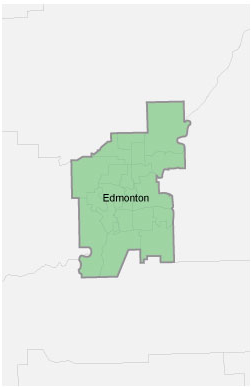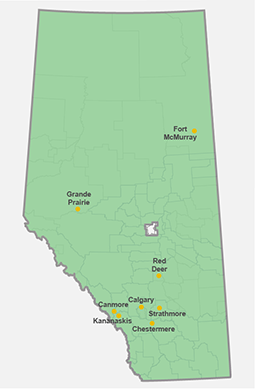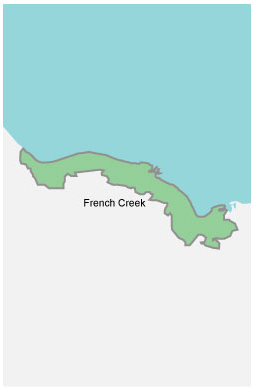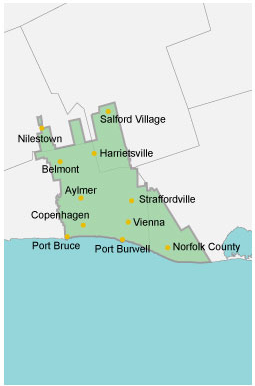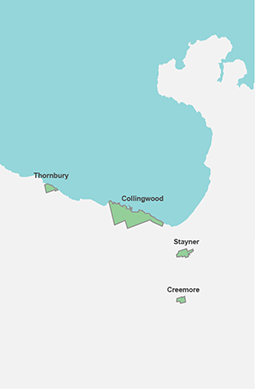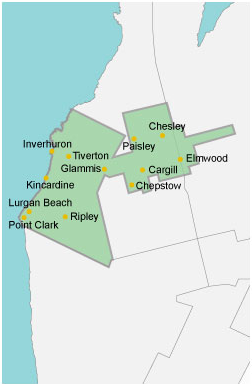Future odour reduction
At the Gold Bar WWTP, we're taking steps to ensure odour levels consistently meet current and future standards and are safe for health and recreation. When it comes to monitoring and reporting odours, we are making changes at the facility to achieve the following:
Additional, continuous air quality monitoring in a place closer to the fenceline;
Real time results that are available in a format that is useful for stakeholders; and
New regulatory monitoring and reporting for stakeholders to reference so they can confirm the air quality remains safe for health and recreation.
Additional odour management projects
We'll be carrying out several projects that will further reduce odour impacts from Gold Bar WWTP, while also meeting current and future odour level standards:
Diversion structure: At the headworks, where wasterwater enters the facility, we are designing a system that will capture and treat foul air from this wastewater by diverting it through a treatment system. We anticipate this project will be complete by 2026.
Primary clarifiers: Primary clarifiers are the large tanks where solids from wastewater settle out. Clarifiers can be covered to trap foul air, which can then be extracted and sent to treatment scrubbers. At the facility, we have already covered Clarifiers 9, 10, 11, and 12 and planning is underway to cover Clarifiers 5, 6, 7, and 8.
Odour scrubbers: Wet and dry scrubbers reduce odour by collecting and treating foul air using either a chemical solution or carbon filter. Four wet scrubbers and three dry scrubbers treat foul air from many areas of the facility.
Air quality monitoring: We continuously monitor air quality at the Gold Bar facility and use this information to improve our processes. We have a facility-wide odour monitoring system, including H2S monitors, an electronic nose (e-nose), a weather station and wind sensors. We also continuously measure air quality near the facility through our Gold Bar Park ambient air quality monitoring station.
What causes odours at Gold Bar
Odours sometimes occur at Gold Bar and are a normal part of the treatment process due to the raw wastewater that flows through the plant. Most of these odours are related to hydrogen sulphide gas (H2S). H2S levels around Gold Bar can vary based on plant activities like maintenance work or from changes in water flow due to melting snow or rain. Most odours at Gold Bar come from the preliminary and primary treatment buildings, with some odour coming from the solid treatment buildings.
The safety of the public and our employees is always our number one priority. We are constantly monitoring air quality levels at Gold Bar to confirm our odour-control systems are working properly.
EPCOR actively measures H2S levels at the plant. We're also members of the Strathcona Industrial Association (SIA), which does environmental monitoring across the region, including ambient air quality. While there are occasional times that H2S levels at the plant exceed Alberta Ambient Air Quality Objectives (such as during equipment maintenance), our H2S levels are much lower than those that can bring health concerns outlined in OH&S legislation.
